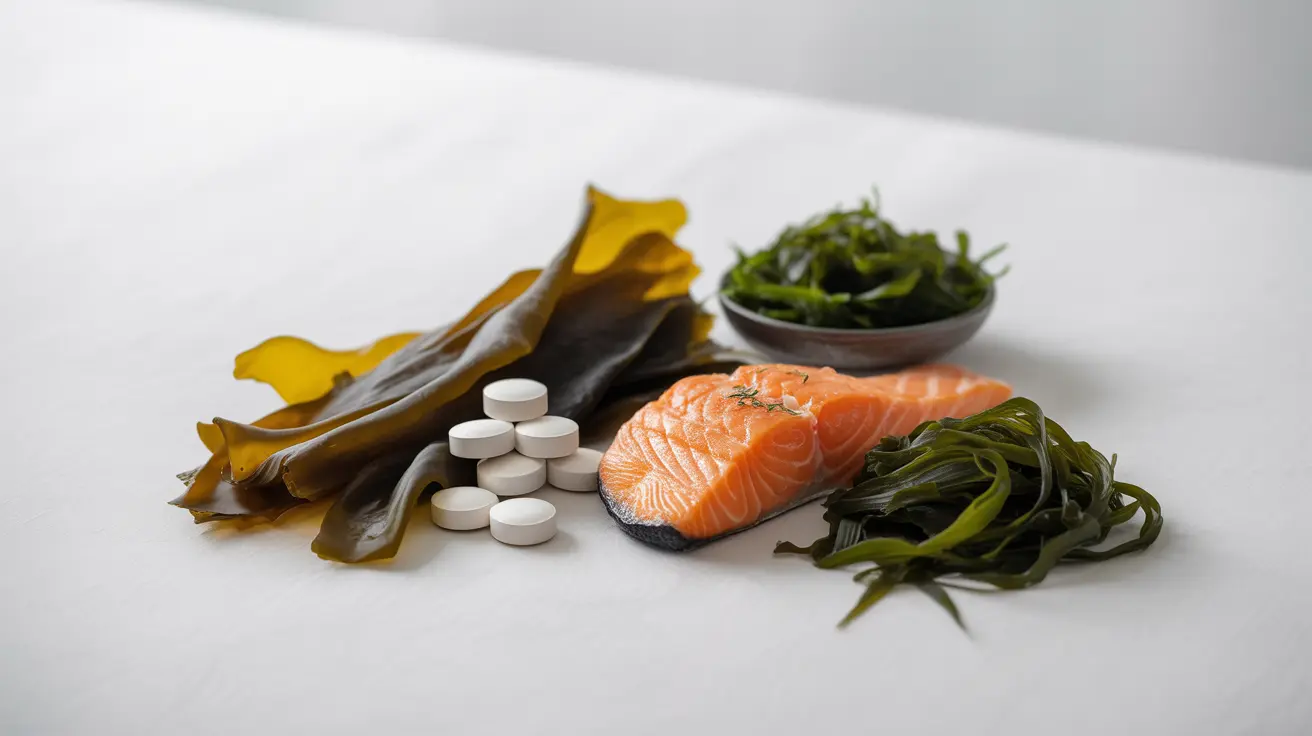Living with anxiety can be overwhelming, but ancient healing practices like acupressure offer natural ways to find relief. By applying gentle pressure to specific points on your body, you can potentially reduce anxiety symptoms and promote a sense of calm. This guide explores the most effective pressure points for anxiety management and how to use them safely.
Understanding Acupressure for Anxiety Management
Acupressure is based on traditional Chinese medicine principles that suggest energy flows through specific pathways in the body. When these pathways become blocked, various symptoms, including anxiety, can emerge. By stimulating certain pressure points, you may help restore balance and reduce anxiety symptoms.
Key Pressure Points for Anxiety Relief
Hall of Impression Point (Yin Tang)
Located between your eyebrows, this "third eye" point is particularly effective for calming racing thoughts and reducing stress. Apply gentle circular pressure for 2-3 minutes while taking deep breaths.
Union Valley Point (He Gu)
Found in the webbing between your thumb and index finger, this point can help release tension and promote relaxation. Press firmly but gently for 1-2 minutes on each hand, avoiding this point if pregnant.
Inner Frontier Gate (Nei Guan)
Located three finger-widths below your inner wrist, this point may help reduce anxiety and nausea. Apply steady pressure for 2-3 minutes on each wrist, especially during acute anxiety episodes.
Proper Technique for Applying Acupressure
To maximize the benefits of acupressure for anxiety relief, follow these guidelines:
- Use firm but gentle pressure with your thumb or index finger
- Apply pressure in circular motions for 2-3 minutes per point
- Practice deep breathing while stimulating pressure points
- Maintain consistent pressure without causing pain
- Perform acupressure in a quiet, comfortable environment
Safety Considerations and Precautions
While acupressure is generally safe, certain precautions should be observed:
- Avoid applying pressure to inflamed or injured areas
- Use lighter pressure if you have circulation problems
- Consult healthcare providers if pregnant or having specific health conditions
- Stop if you experience discomfort or unusual symptoms
- Don't rely solely on acupressure for severe anxiety management
Integrating Acupressure into Your Anxiety Management Plan
For best results, combine acupressure with other anxiety management strategies such as regular exercise, proper sleep hygiene, and stress-reduction techniques. While acupressure can provide immediate relief, it works best as part of a comprehensive approach to anxiety management.
Frequently Asked Questions
What are the most effective pressure points for reducing anxiety symptoms through acupressure?
The most effective points include the Hall of Impression (Yin Tang), Union Valley (He Gu), and Inner Frontier Gate (Nei Guan). These points have been traditionally used to promote relaxation and reduce anxiety symptoms.
How do I properly apply acupressure to pressure points like the third eye or Hegu to relieve anxiety?
Apply firm but gentle pressure using your thumb or index finger in circular motions for 2-3 minutes per point. Ensure you're in a comfortable position and practice deep breathing while stimulating the points.
Can acupressure provide long-term relief for anxiety, or is it only helpful for temporary stress reduction?
While acupressure can provide immediate relief from anxiety symptoms, it's most effective when used regularly as part of a comprehensive anxiety management plan that includes other treatment approaches.
Are there any risks or precautions I should be aware of before using acupressure for anxiety relief?
Acupressure is generally safe but should be avoided on injured areas and used with caution during pregnancy. People with certain medical conditions should consult healthcare providers before starting acupressure.
How does acupressure compare to traditional treatments like therapy or medication for managing anxiety?
Acupressure can complement traditional anxiety treatments but shouldn't replace them. While it can provide natural relief, severe anxiety typically requires professional medical intervention, including therapy and/or medication as recommended by healthcare providers.




